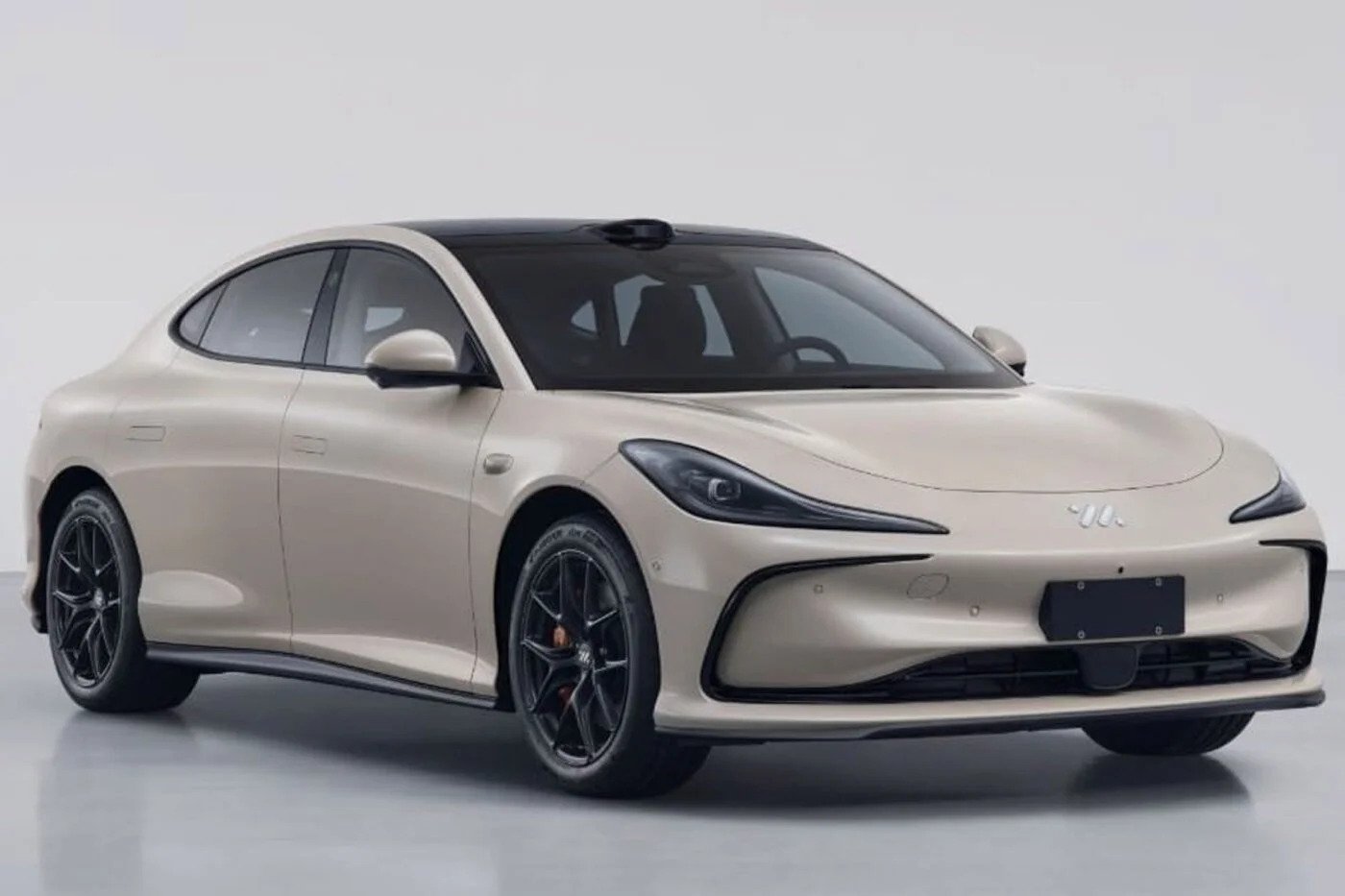The solid battery would no longer be an illusion. SAIC Motors, MG’s parent company, plans to integrate it into an electric sedan in two years.
This is the very likely next step in terms of batteries, one that could define new autonomy standards and mark a major turning point in the adoption of electric cars: the solid-state battery. Once a manufacturer risks giving a date that is not enigmatic. This is China’s SAIC Motors, which plans to market its first solid battery model from 2026.
Long considered the goal to achieve, this technology presents considerable difficulties in terms of development. So much so that earlier this year, in February, six of the major players in the industry joined forces to accelerate R&D related to it. At the same time, manufacturers as serious as Mercedes took the opposite route admitting to reduced investments in solid-state batteries. However, the advances made possible by the solid-state battery are considerable. In addition to better energy density and less fluctuation depending on temperatures, the most important advantage of the solid battery is its significantly lower production cost than current models and which, in theory, would allow to significantly reduce the price of electric cars.
SAIC and Nissan, first in solid state batteries
In this context, the announcement of SAIC Motors is surprising to say the least. The majority of manufacturers count on marketing cars equipped with this battery technology after 2030. Only Nissan risked a more ambitious forecast by admitting to having a target for 2028. The Japanese manufacturer also inaugurated this year the factory where its solid-state batteries will be produced, in Yokohama .
SAIC’s announcement comes as a shock, especially since the group seems to have a very specific plan in mind. Indeed, this announcement came at the same time as the presentation of the new electric sedan, IM L6. Indeed, this model already has an atypical battery, because it has a semi-solid battery. Concretely, it is a solid battery base, but coupled with a liquid electrolyte. However, this announcement forced SAIC to say more about the progress of its work. Thus the manufacturer recognized that the goal was to replace, relatively quickly, this liquid electrolyte with a solid equivalent. The Chinese group expects to achieve this in a fairly short time, as it aims for large-scale production in 2026.
Of course, SAIC did not reveal the name of the first model that will benefit from this technology. Considering its technical platform, the IM L6 could be the lucky one. Unless SAIC decides to favor its most famous brand, MG.

